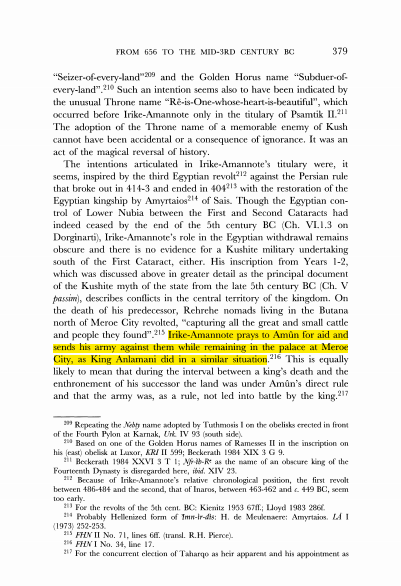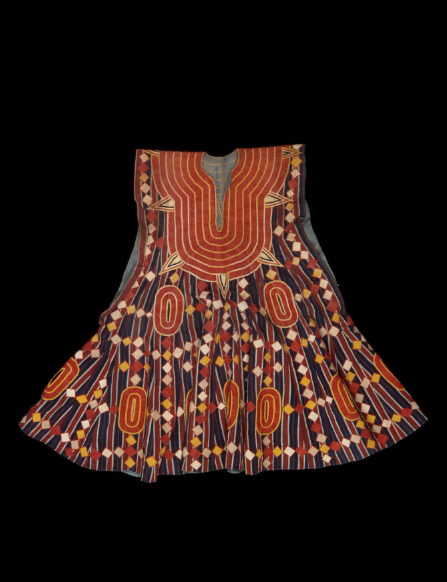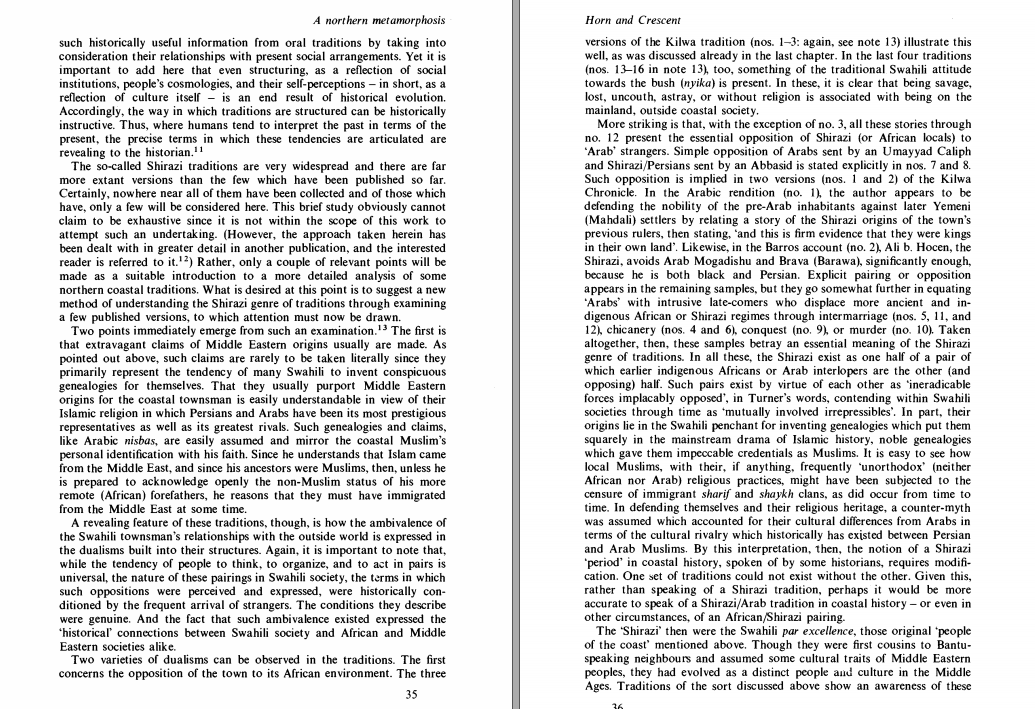
this reads much alike Roderick McIntosh on west-Africa's "alternative polities" and cities without citadels
on the apparent archeological invisibility of some of the features of the early states mentioned in external sources about west Africa
smithsonianmag.com/history/archae…
on the apparent archeological invisibility of some of the features of the early states mentioned in external sources about west Africa
smithsonianmag.com/history/archae…
land of alternative polities ...
on the senegambia megaliths:
"Rare to nonexistent are discrete villages, much less ruins of state capitals or elite dwellings,
but everywhere one sinks an excavation unit and carefully sifts for evidence, one finds a low "background noise"



on the senegambia megaliths:
"Rare to nonexistent are discrete villages, much less ruins of state capitals or elite dwellings,
but everywhere one sinks an excavation unit and carefully sifts for evidence, one finds a low "background noise"




Phantom capitals and small scale societies ...
on the ever elusive capitals of the ghana and mali empires, and the small scale societies of the tellem in bandiagara



on the ever elusive capitals of the ghana and mali empires, and the small scale societies of the tellem in bandiagara




Cities without Citadels
jenne-jeno
"Beyond satisfying the archaeological definition of a city, the clustered urbanism here stands in stark contrast to the agglomerated cities of the Mesopotamia , where immediately outside the city walls one finds only a depopulated hinterland"



jenne-jeno
"Beyond satisfying the archaeological definition of a city, the clustered urbanism here stands in stark contrast to the agglomerated cities of the Mesopotamia , where immediately outside the city walls one finds only a depopulated hinterland"

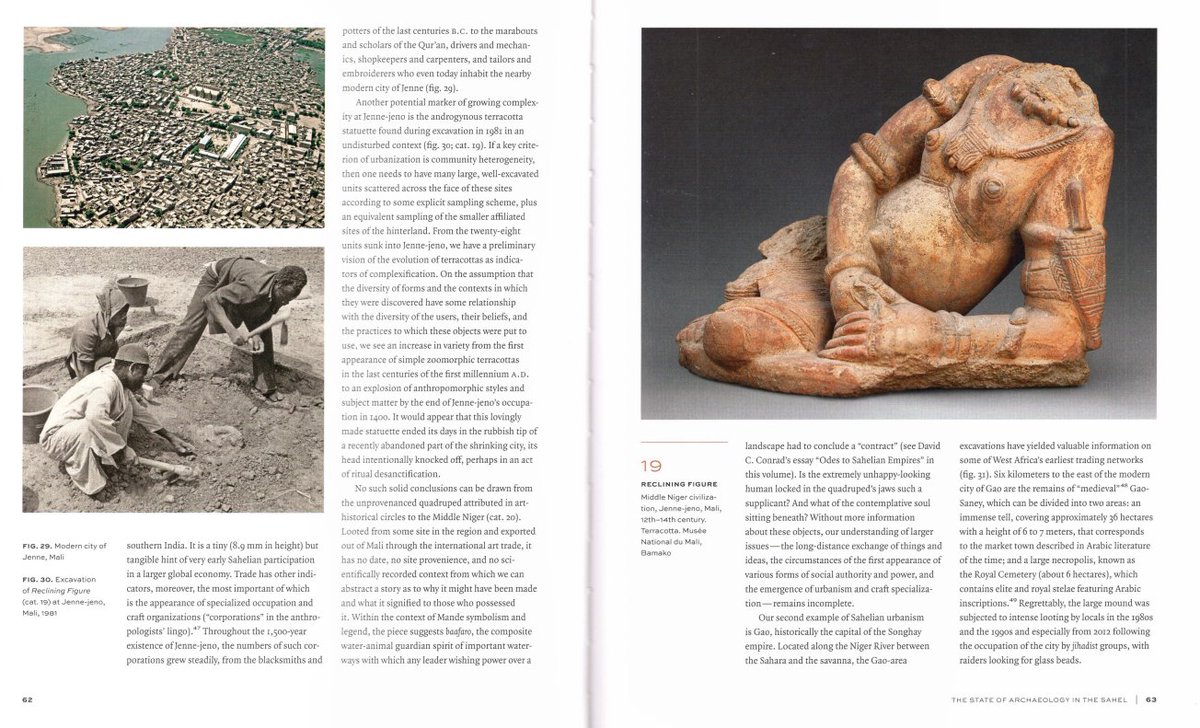
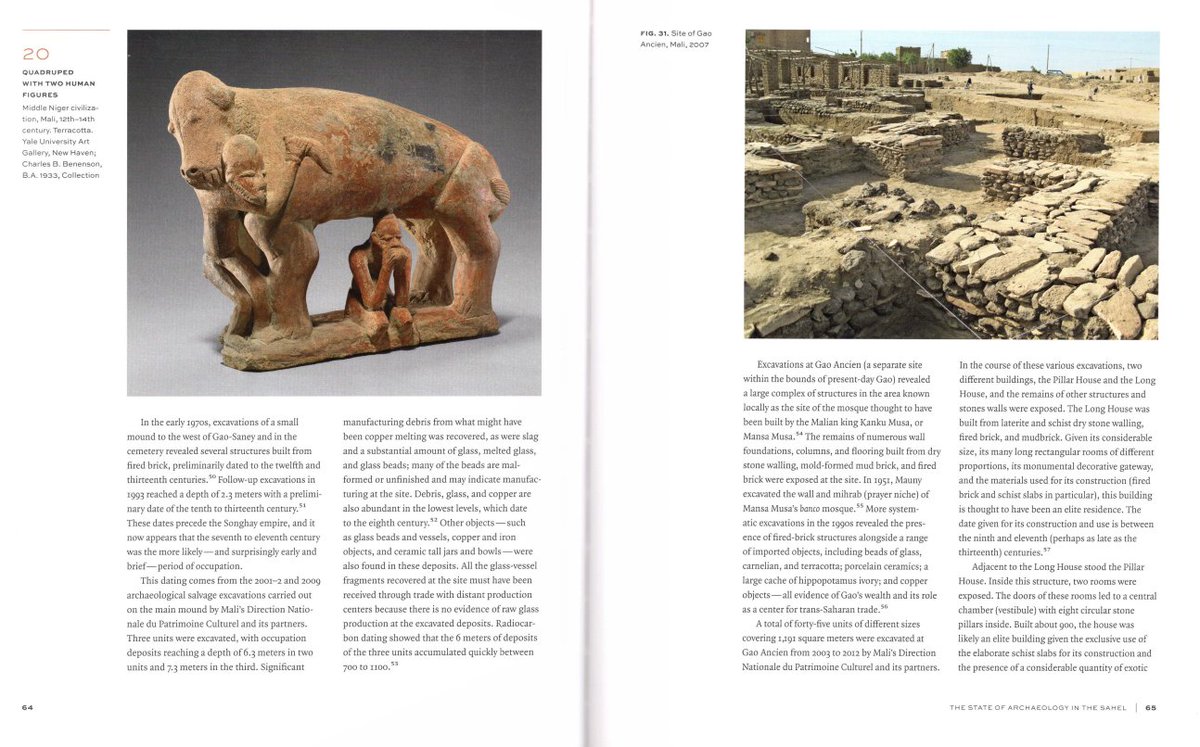
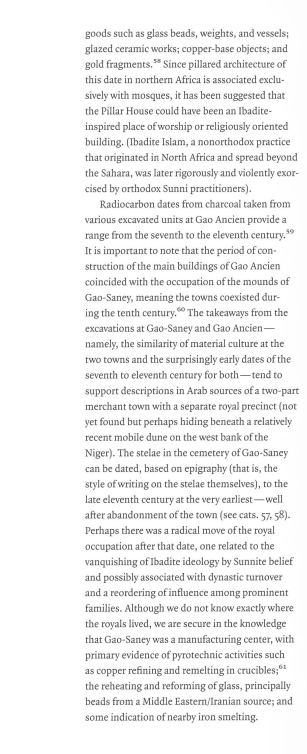
"These Israelites could have been wealthy, organized and semi-nomadic...Finding nothing, in other words, didn’t mean there was nothing
Archaeology was simply not going to be able to find out
Entire kingdoms could exist under our noses, and archaeologists would never find a trace"
Archaeology was simply not going to be able to find out
Entire kingdoms could exist under our noses, and archaeologists would never find a trace"
• • •
Missing some Tweet in this thread? You can try to
force a refresh





